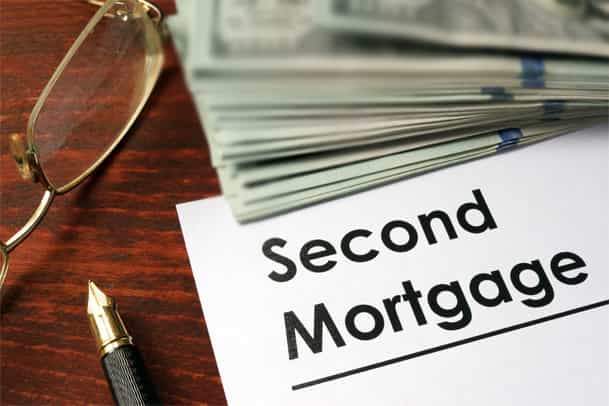
08 Jun Number of second charge mortgages leaps to nine-year high
The number of people opting to saddle themselves with a second mortgage has leapt to its highest level since 2008, according to new industry data that has alarmed debt charities.
During March, £93m of second charge mortgages were taken out – up 22% on the previous month. The figures show that growing numbers of homeowners are deciding to cash in on the equity in their property by taking out a second mortgage to raise money for a variety of reasons, including financing a home extension, funding a deposit for a son or daughter buying their first home, or even paying a tax bill.
The Finance & Leasing Association (FLA), which published the figures, said this type of home loan was “a useful product”. However, debt charity StepChange said “alarm bells should be ringing” because previous experience had shown how such increases in the levels of borrowing could leave households over-indebted and vulnerable to sudden changes in circumstances.
A second charge is a loan that allows people to use any equity they have in their home as security and effectively sits on top of an existing mortgage. It is usually obtained from a separate lender and if someone takes one out, it means they will have two mortgages on their home. For many, a standard remortgage or a further advance from their existing lender would probably suit their needs better, but mortgage brokers say that for some homeowners it would not make sense to refinance their main mortgage, while others do not have that option.
The £93m figure for March translates into just over 2,000 individual second charge mortgages, and the FLA confirmed that both these figures were at their highest levels since the 2008 financial crash. As recently as late 2014, the monthly figure was £45m to £50m. The FLA: “The strong performance … could be the early signs of a return to form for this important market.”
Recent industry figures show that consumer spending on credit rocketed in the past year as households increased their reliance on short-term loans to buy cars or furniture, or just to pay their rent. The Bank of England has warned that consumer credit is rising at elevated levels and officials have begun a review to consider possible restrictions.
However, the landscape for these loans has arguably changed a lot in the last few years. As of March 2016, both first and second charge mortgages are now regulated under the same regime by the Financial Conduct Authority (FCA), while interest rates on these deals have fallen. This means that – as one mortgage broker put it – they are no longer “the dark sheep of the mortgage family”.
The lowest rate in 2012 was around 6.9%, but they now start at around 4%-4.5%, said Alistair Hargreaves at broker John Charcol, whose second charge department has seen a “massive increase” in business over the past year. Hargreaves added that in some cases, such as where the homeowner had some adverse credit, rates could be a lot higher – around 9% to 12% – but that “you are [often] paying 20% on a credit card”.
“Bringing them under the FCA regime has given a better impression of the industry,” said Hargreaves.
Fiona Hoyle, head of consumer and mortgage finance at the FLA, said: “Second charge mortgages are a useful product, with consumers taking them out for a variety of reasons, including home improvements, or paying the deposit or removal costs for a son or daughter moving into their first home.”
But StepChange said the rise in debt from second mortgages left thousands more families vulnerable to higher levels of inflation and a slowdown in wage rises, divorce or redundancy.
Peter Tutton, head of policy at StepChange, said: “The next government, regulators and lenders need to ensure that the mistakes made in the lead-up to the financial crisis are not repeated and that there are better policies in place to protect those who fall into financial difficulty.”


